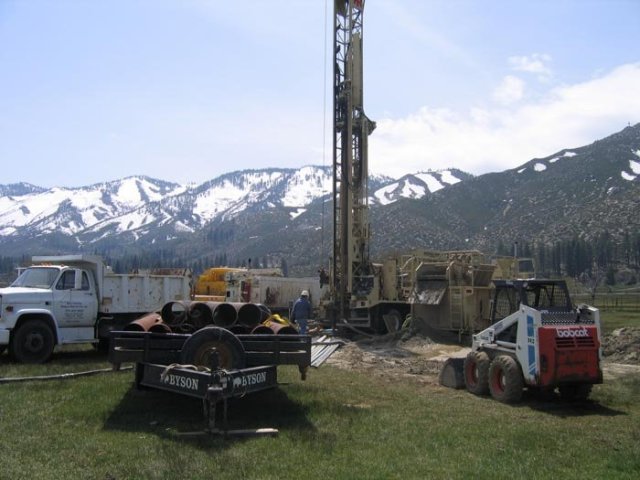According to the Environmental Protection Agency (EPA), multiple in five U.S. households utilizes some type of septic system. Finding out a house features a well and septic system will make a prospective buyer nervous as they are expensive to correct or replace. However, you can protect yourself by ensuring you’ve an expert water well inspection; but what does that involve?
A septic system is definitely an underground wastewater treatment system that is commonly used in areas without centralized sewer systems. Most rural homes with septic systems will also have a well that gives water for daily use. The EPA says significantly more than 15 million homes depend on private wells for drinking water.
Jon’s Well and Pump Services Inc. says that being a home inspection, a well and septic inspection is critical to guard both buyers and sellers. In fact, an assessment is obviously required in certain counties.
Many counties have mandated point-of-sale programs, meaning all wells and septic systems in the counties are subject to health department inspections before a sale can close,” he said. “Other counties, do not have these mandates in place.”
In counties where an assessment isn’t mandatory, a lender will typically require one, and if not, a buyer or seller will need to request one.
“In a real-estate transaction, it’s necessary for all parties to have this looked after the moment possible,” he said. “In mandated counties you will need to contain it done anyway, but getting hired looked after early means you will find out all of your information beforehand to prevent any surprises or unexpected equity loss.”
How come an assessment so important? Septic systems and wells are major, big-ticket items. Foote says an affordable replacement well is $6,000-$6,500, while a fresh drain field for a septic system can run anywhere from $7,500-$25,000.
During an assessment, the inspector will test the water system and check it for volume and pressure. They’ll consider the well to be sure it’s properly constructed and compliant and they will run water tests for things such as bacteria, nitrate, and arsenic, according to county requirements.
The inspector will also consider the pumping equipment and conduct an intensive plumbing survey to see how a water is getting in and where it’s ending up. They’ll also draw a detailed diagram showing where in actuality the water well is located, and the located area of the septic tank, the lid of the tank, and the drainfield.
“We check for the problems with the drainfield “said Foote. “Could it be functioning? How old could it be? The septic tank will also have to be pumped, especially if it hasn’t been done in the past 3 years.”
After the inspection is complete, the inspector will turn the report in to whoever made the request – the county, the lender, or the buyer/seller. When turned in to the county, the health department reviews the report and determines if the machine is approved or disapproved. If disapproved, the parties will need to assist the county to take corrective actions.
The cost for a well and septic inspection typically runs between $600-$700 for the inspection process and lab fees. The fee to pump a septic tank is normally $350. Repairs, if needed, may vary drastically, and while the responsibility for repairs typically falls to the seller, it all hangs on negotiations.
In counties where there is a point-of-sale mandate, the health department will give you a listing of certified and approved well and septic inspectors, but it’s important to make use of an experienced, trusted professional, so can you research and ask around for referrals

